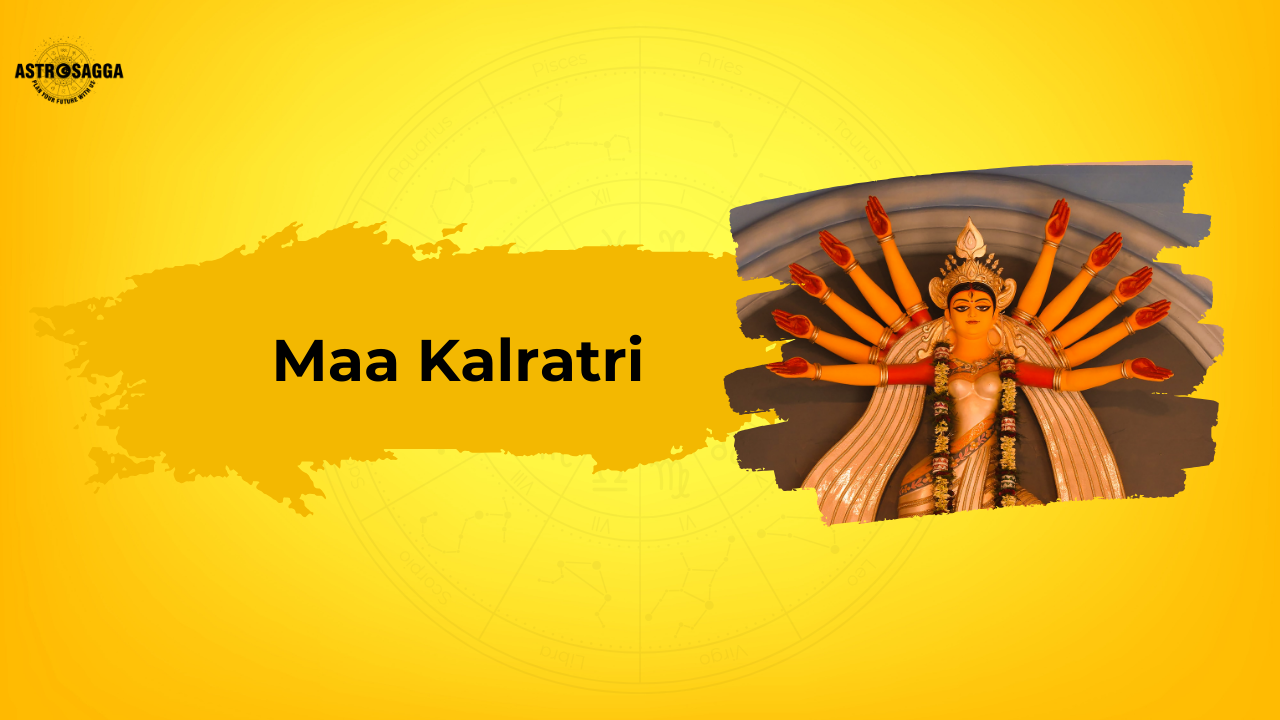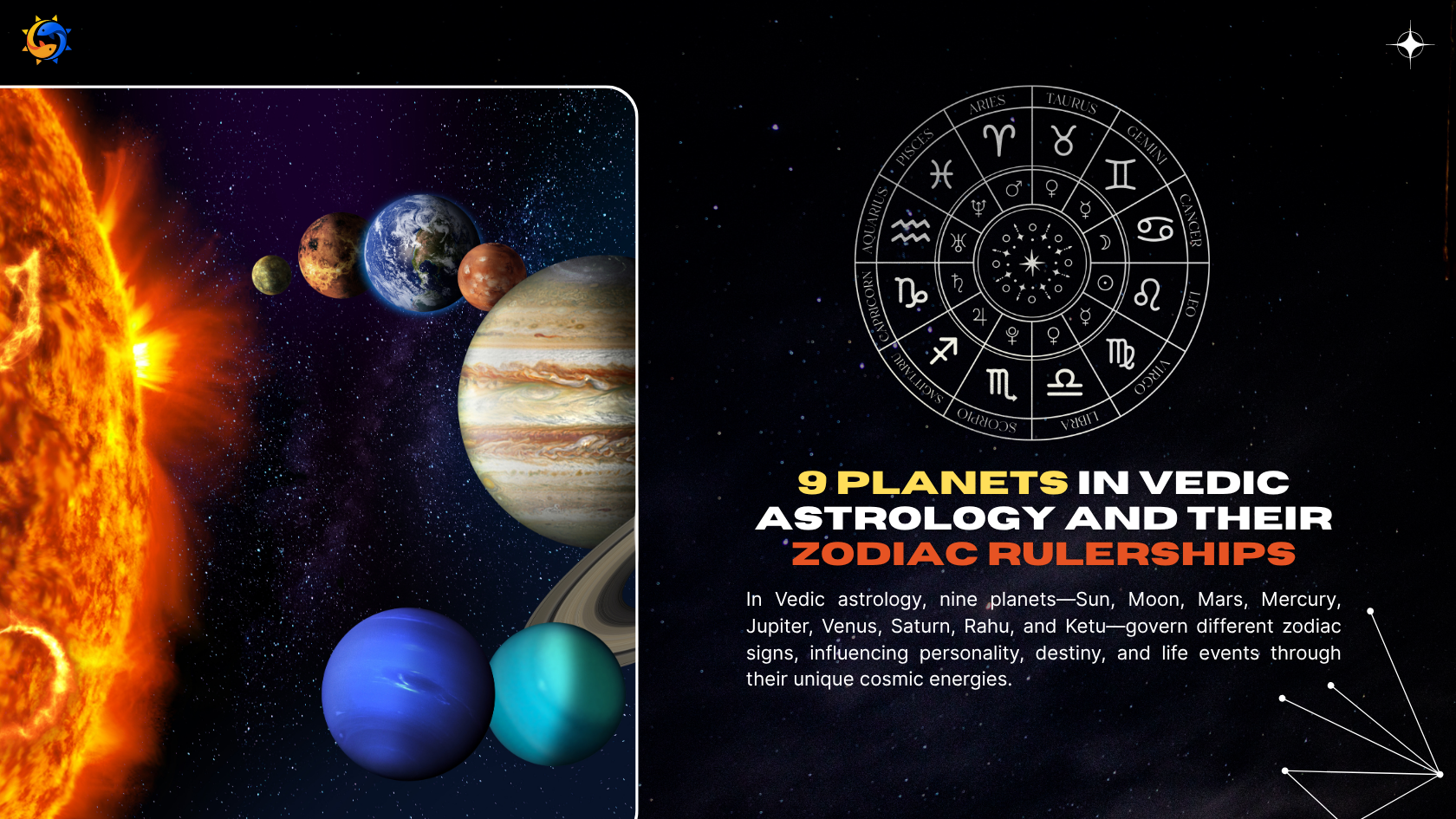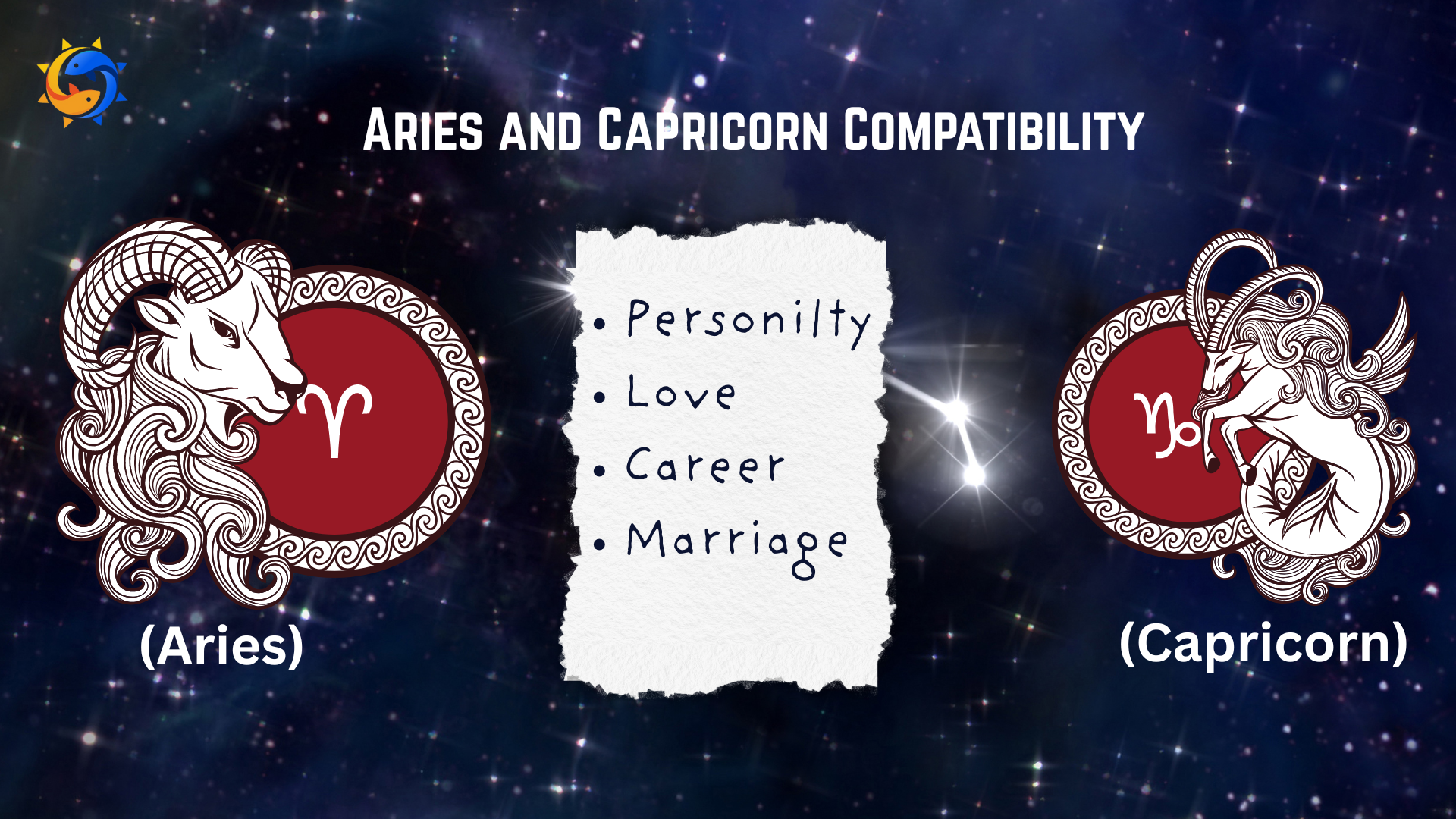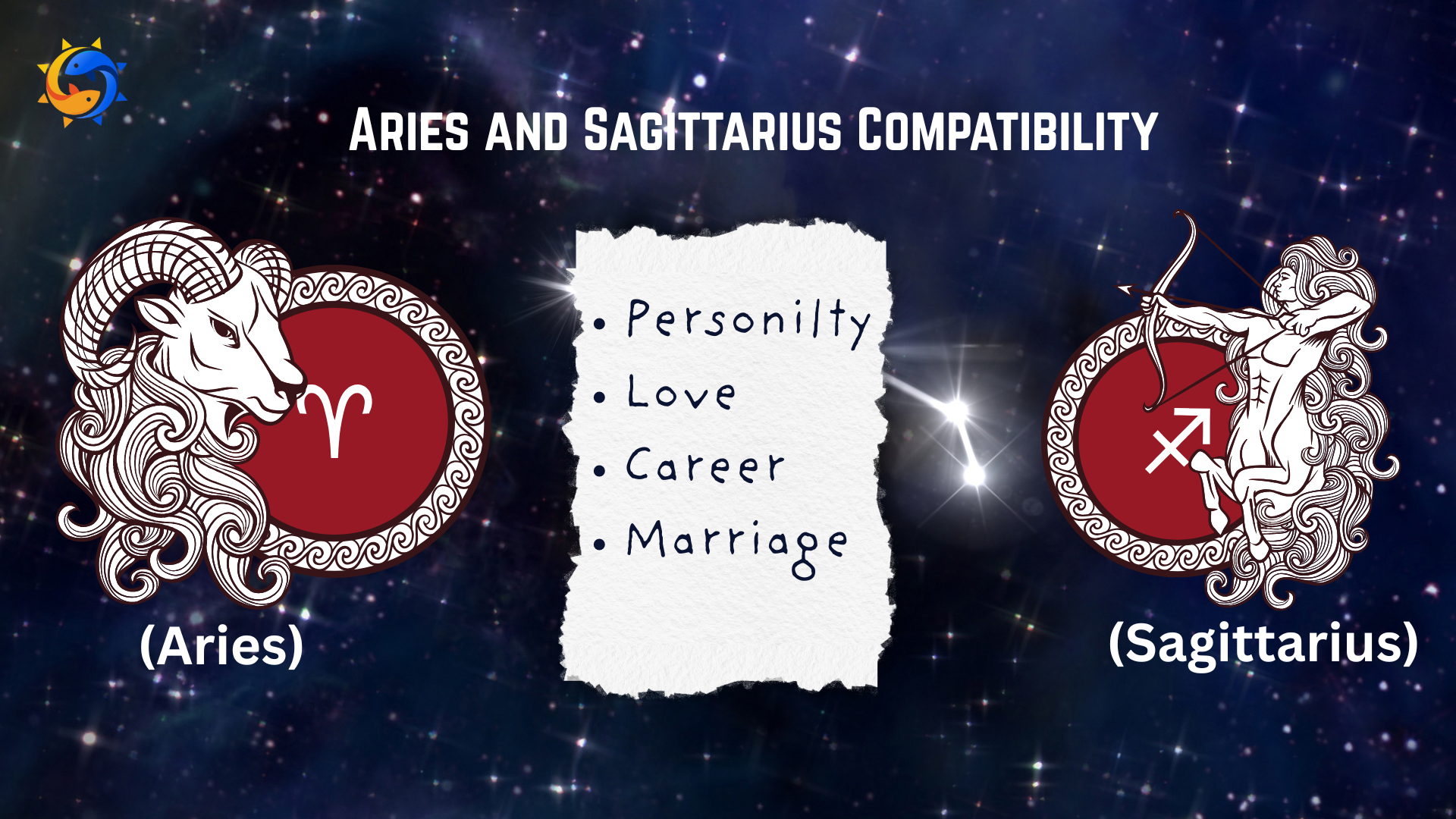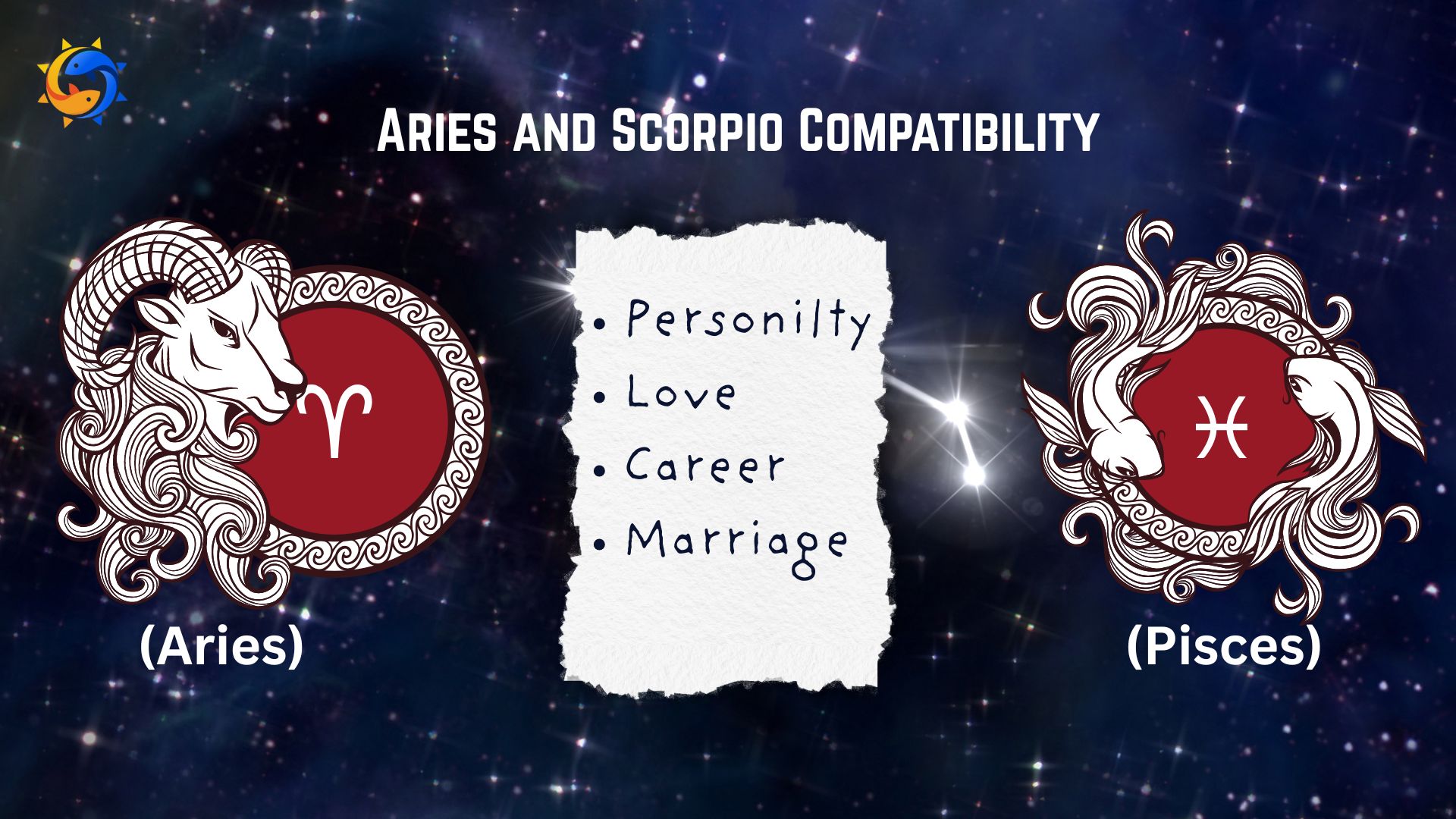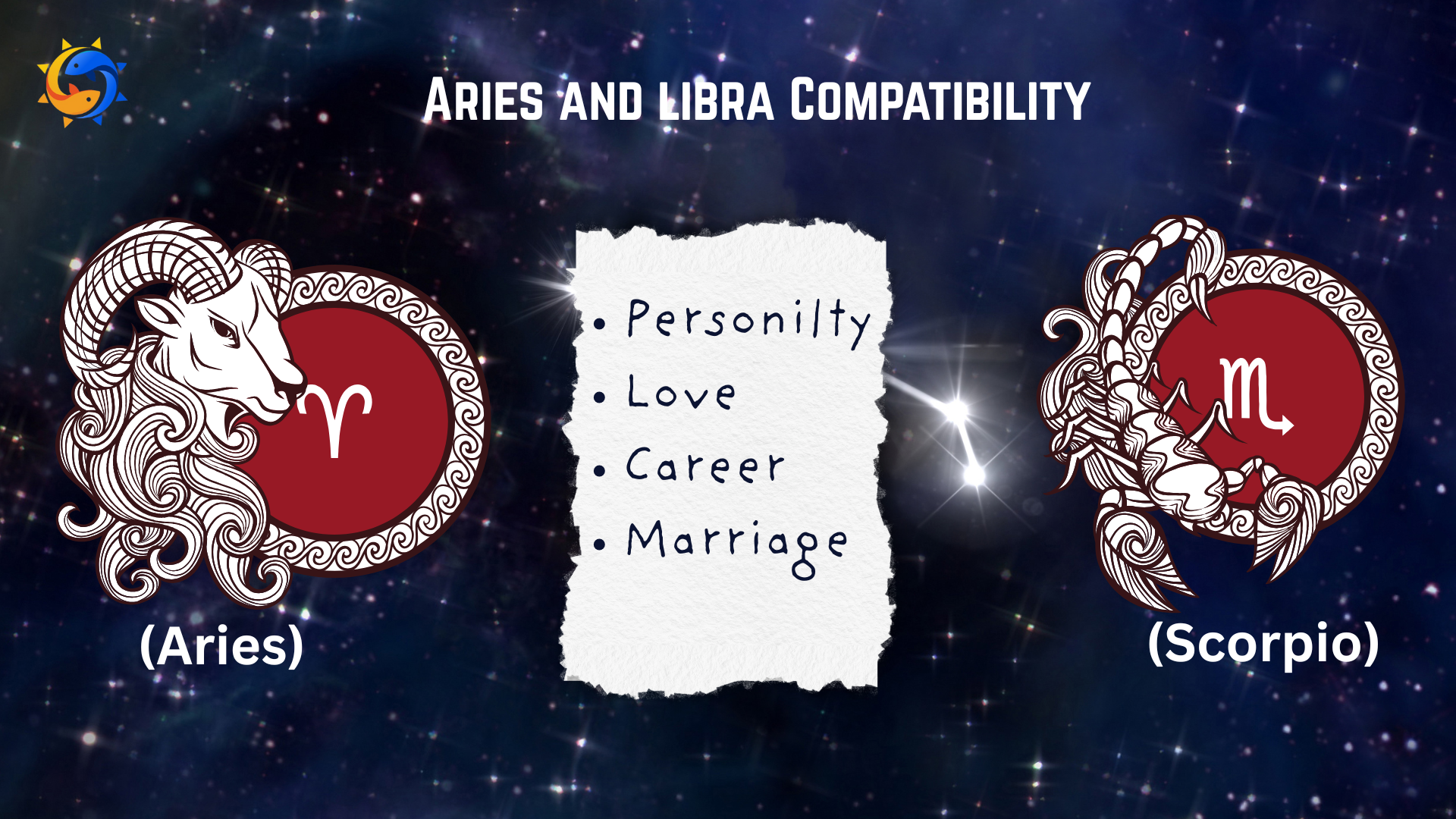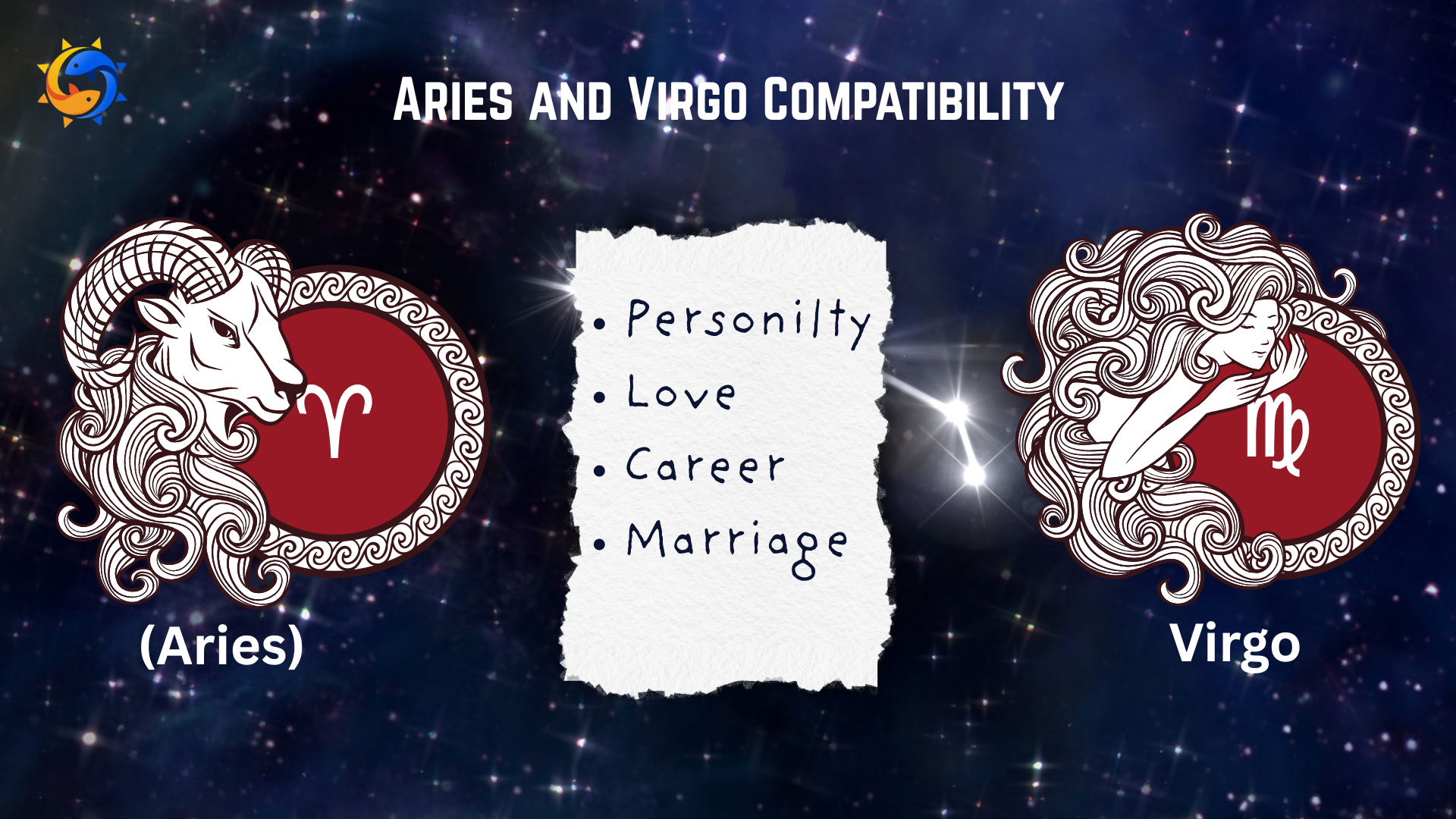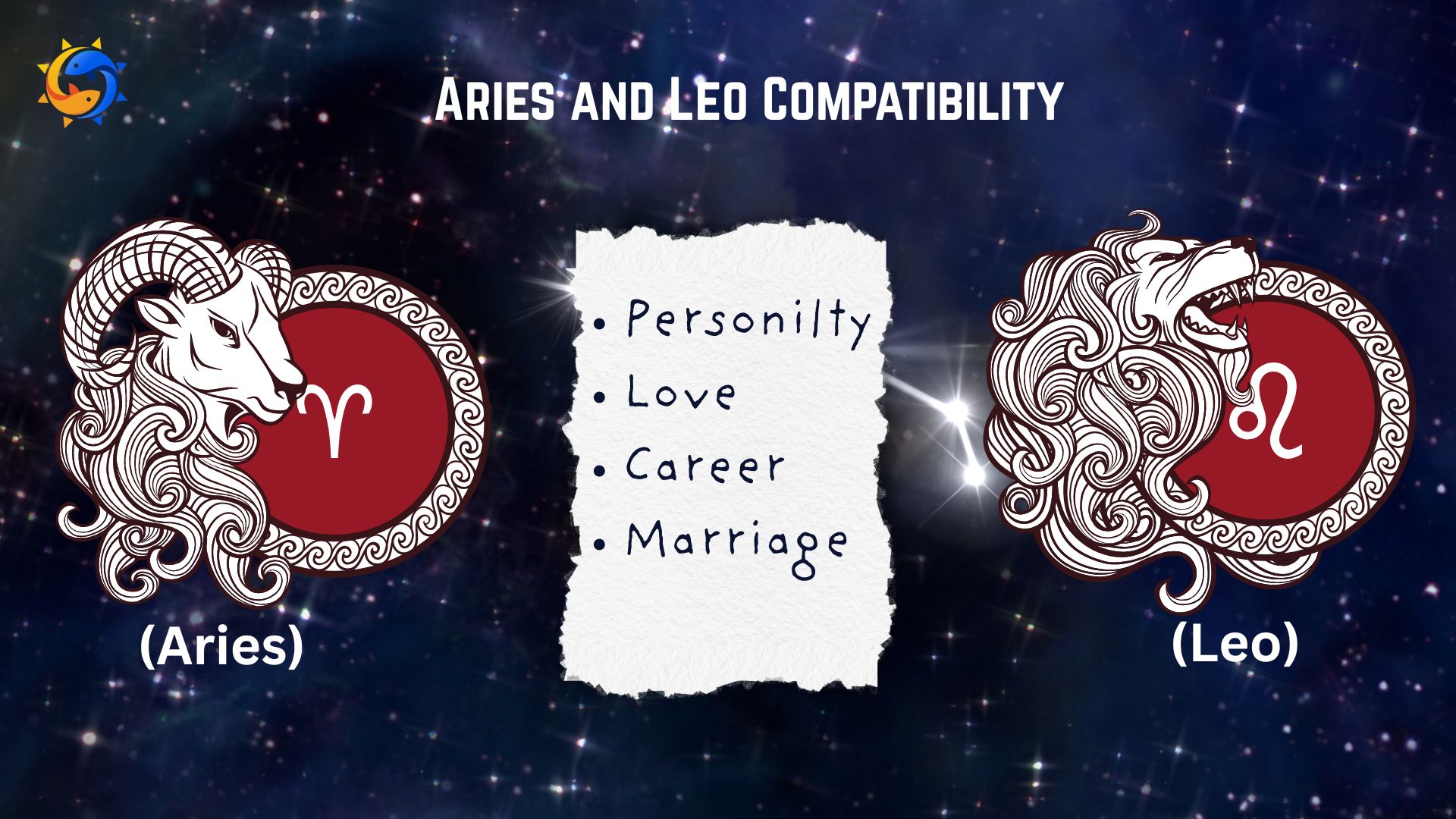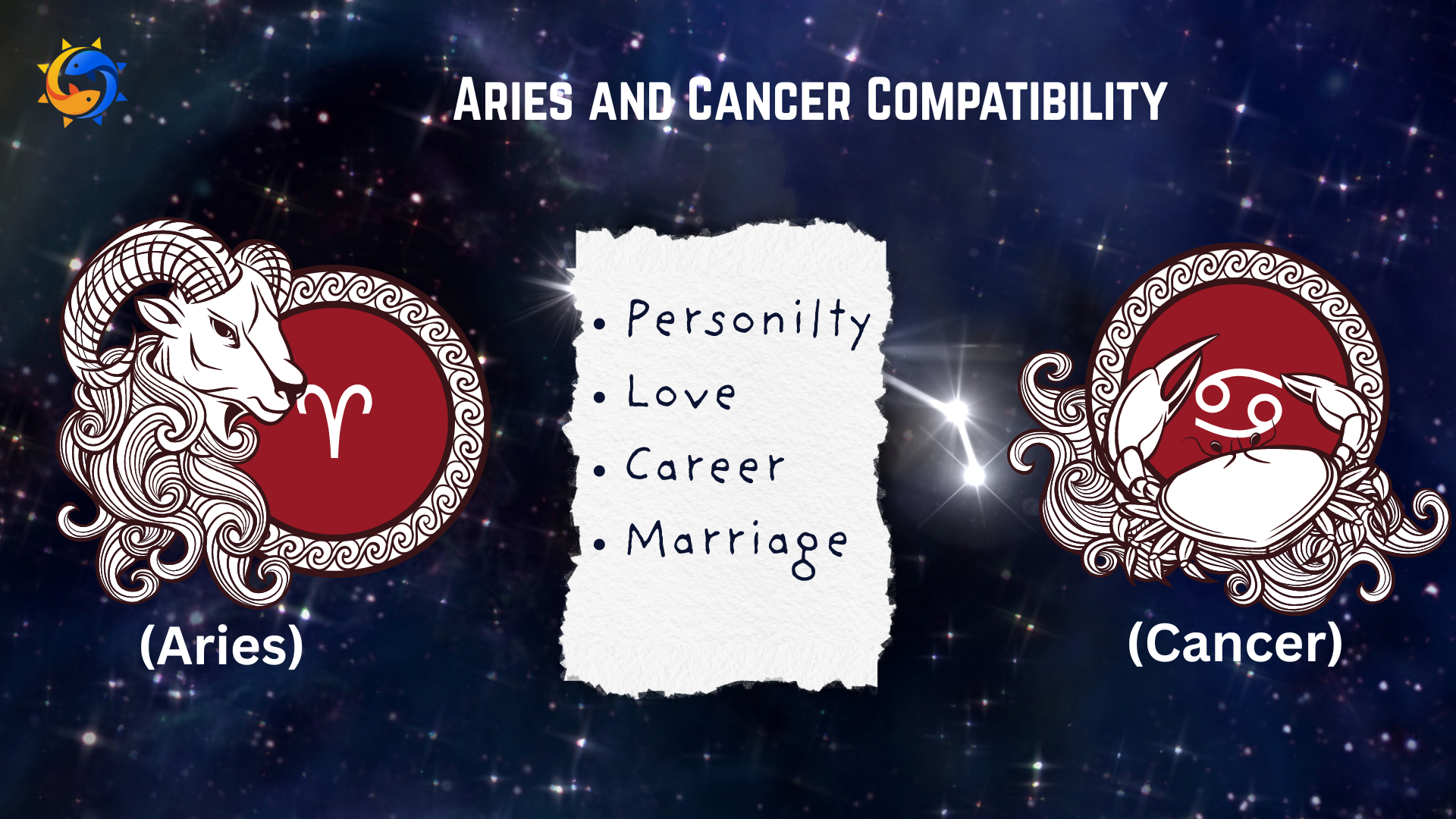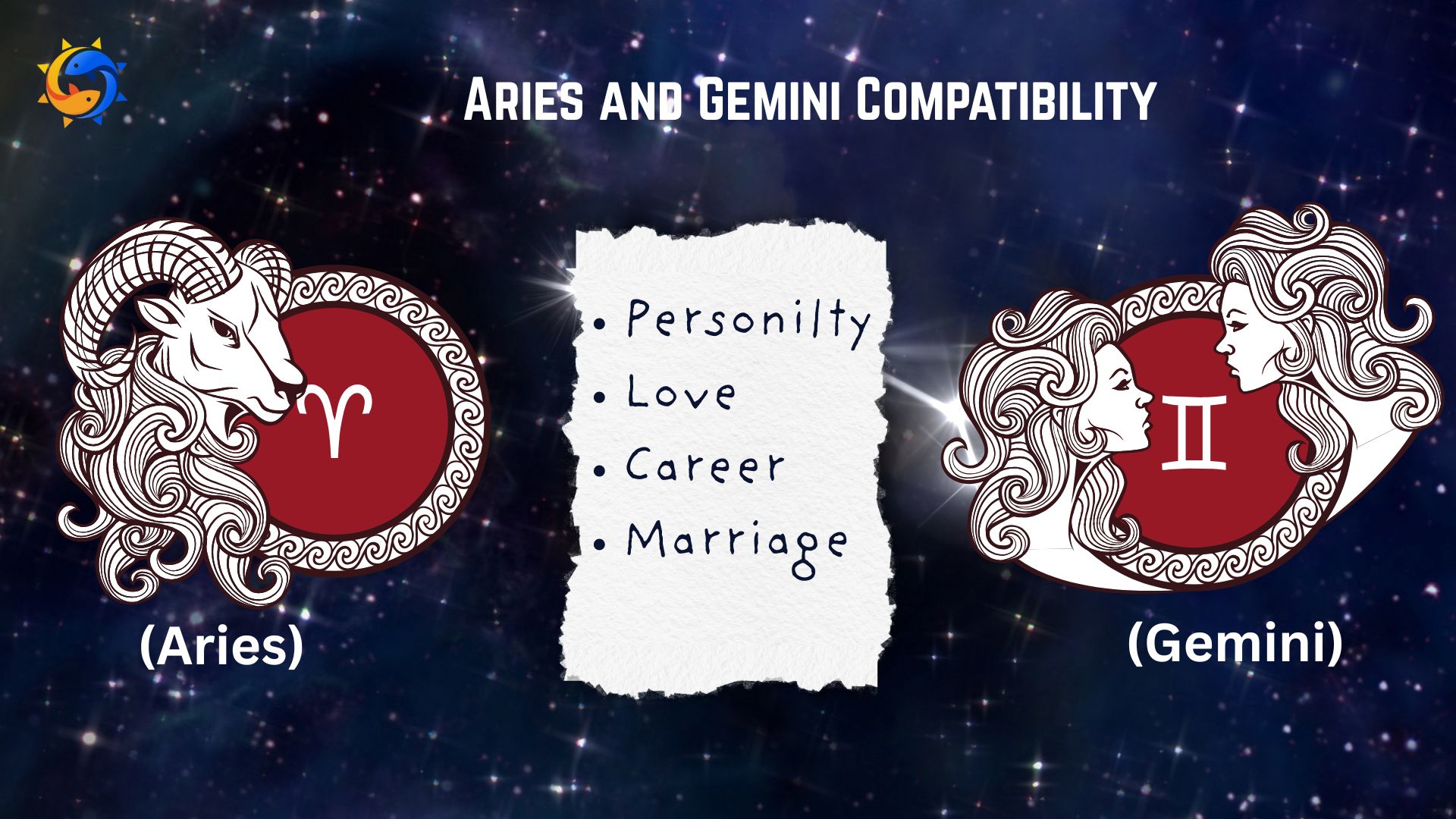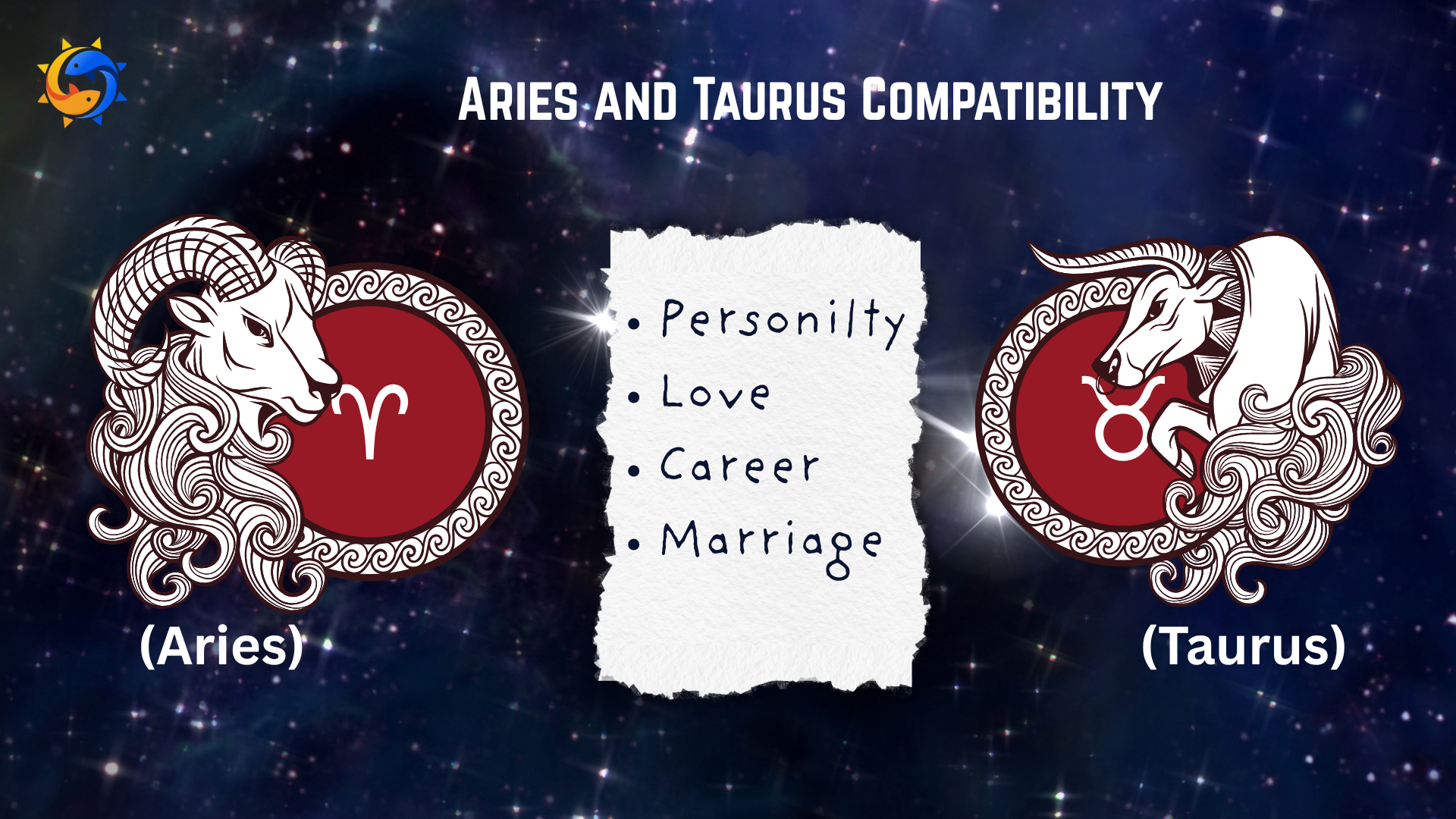Navratri, the nine-day festival dedicated to Goddess Durga, is celebrated with great devotion across India and other parts of the world. Each day of Navratri is associated with one of the nine forms of Goddess Durga, known as Navadurga. On the seventh day, devotees worship Maa Kalratri, a fierce and powerful form of the goddess. Despite her fearsome appearance, she is revered for her ability to remove fear, protect from evil forces, and destroy negativity in the world and in one's personal life.
Maa Kalratri is often associated with the planet Saturn and is believed to have the power to eradicate negative influences and forces from our lives. Worshipping her during Navratri brings protection, spiritual growth, and peace. Let's delve deeper into the significance of Maa Kalratri, the rituals of her worship, and the benefits devotees receive through her blessings.
Who is Maa Kalratri?
Maa Kalratri is one of the fiercest forms of Goddess Durga. Her name can be broken down into two parts: "Kala" meaning time or death, and "Ratri" meaning night. Together, it signifies that she is the one who brings an end to darkness and ignorance. She is the destroyer of evil forces, demons, and negativity, and represents the darker side of nature and time. Her ferocious appearance is not to invoke fear but to show that she has the power to protect her devotees from any harm.
Maa Kalratri has a dark complexion, unkempt hair, and a garland of skulls around her neck. Her eyes are round and glowing with fire, which is said to burn away all negativity. She rides a donkey, symbolizing humility and endurance. In her four hands, she carries a scimitar and a thunderbolt, while her other two hands are in the Abhaya (protection) and Varada (blessing) mudras, offering fearlessness and blessings to her devotees. Despite her fearsome appearance, she is known as Shubhankari, which means "the one who does good," as she brings auspiciousness and protection to her followers.
Read Also - Navratri Day 6: Worship Maa Katyayani for Protection
Significance of Worship on the Seventh Day of Navratri
The seventh day of Navratri, also known as Saptami, is dedicated to Maa Kalratri. Her worship is significant for overcoming fear, negative forces, and obstacles in life. Devotees who pray to her with a pure heart and strong devotion are believed to be blessed with courage, strength, and protection from evil.
Maa Kalratri represents the destruction of ignorance and darkness, both external and internal. By worshipping her, devotees seek to eliminate the negative energies in their lives, whether these are external challenges or internal fears and anxieties. She is also believed to bless her devotees with spiritual wisdom and clarity, helping them progress on their spiritual journeys.
For those undergoing difficulties, whether in the form of personal challenges, illness, or fear, the blessings of Maa Kalratri bring relief and help them navigate through tough times with courage and resilience. It is said that her worship during Navratri destroys the effects of negative planetary positions and removes obstacles caused by malefic planetary influences, particularly those related to the planet Saturn (Shani).
Rituals and Puja Vidhi for Maa Kalratri
The worship of Maa Kalratri on the seventh day of Navratri follows specific rituals and offerings. The day begins with a cleansing bath and wearing clean, preferably new clothes. Devotees usually wear red or blue colors, as these are believed to be favored by the goddess. The puja begins with invoking the presence of Maa Kalratri by chanting her mantras and offering flowers, fruits, and sweets.
One of the most popular mantras chanted during Maa Kalratri’s puja is:
"Om Devi Kalratryai Namah"
This mantra is believed to invoke her powerful energy and bestow blessings upon her devotees. Chanting this mantra with devotion helps remove fear, obstacles, and negativity from the devotee's life. Lighting a ghee lamp or diya is an essential part of the worship ritual, as the lamp represents the removal of darkness and ignorance.
Offerings to Maa Kalratri:
Jaggery: It is believed that offering jaggery (gur) to Maa Kalratri pleases her. After the puja, this offering can be distributed as prasad to family members and devotees.
Flowers: Red hibiscus or jasmine flowers are typically offered to the goddess, symbolizing devotion and purity.
Fruits and Sweets: Along with flowers, fruits and sweets are offered as a symbol of gratitude and devotion.
Coconut and betel leaves: These items are also offered, representing purity and auspiciousness.
Once the puja is complete, devotees perform an aarti (devotional song and prayer) dedicated to Maa Kalratri. The aarti is an important part of the ritual, as it marks the conclusion of the worship and seeks the goddess's blessings for prosperity, courage, and protection.
Symbolism of Maa Kalratri’s Form
Each element of Maa Kalratri’s form carries deep symbolic meaning. Her dark complexion represents the darkness of night and the unknown, but she also embodies the power to dispel that darkness. She symbolizes the destruction of ignorance, fear, and evil, allowing light and knowledge to take their place.
Her disheveled hair represents untamed power and freedom. It shows that she is not bound by societal norms or expectations but operates with her own divine authority. The garland of skulls around her neck symbolizes time and death, reminding devotees that all living beings are subject to the cycle of birth and death. However, as the goddess of time, she is beyond death and can protect her devotees from the fear of it.
The scimitar and thunderbolt in her hands are tools of destruction, but they also represent her ability to cut through ignorance and remove obstacles. Her other two hands, in the gestures of blessing and protection, reassure devotees that despite her fierce form, she is a kind and compassionate mother who is always ready to protect and bless her followers.
Benefits of Worshiping Maa Kalratri
Worshipping Maa Kalratri on the seventh day of Navratri brings numerous benefits to devotees, both on the material and spiritual levels. Some of the primary benefits include:
Protection from Evil and Negative Forces: Maa Kalratri is known for her ability to destroy evil and negative energies. By invoking her blessings, devotees can be shielded from negative influences, black magic, evil spirits, and harmful planetary effects.
Freedom from Fear: Devotees who worship Maa Kalratri experience freedom from all kinds of fears—whether they are fears of the unknown, financial insecurities, or personal anxieties. Her presence instills courage and confidence, helping them overcome obstacles in life with strength.
Spiritual Growth and Enlightenment: Maa Kalratri's blessings bring clarity of thought and wisdom, allowing devotees to progress on their spiritual journeys. She helps remove mental and emotional blockages that prevent spiritual growth and enlightenment.
Destruction of Obstacles and Challenges: Whether in personal life or career, Maa Kalratri’s worship removes obstacles that hinder success and growth. Her blessings bring opportunities and remove hindrances, allowing devotees to achieve their goals.
Good Health and Healing: Worshipping Maa Kalratri is also believed to bring physical and mental healing. Her fierce energy destroys diseases and ailments caused by negative influences and brings health and well-being to her devotees.
Planetary Relief: For those suffering from the malefic effects of Saturn (Shani), worshiping Maa Kalratri can provide relief. She has the power to mitigate the negative influence of Shani and bring peace and stability to the lives of her devotees.
Conclusion
Maa Kalratri, the seventh form of Goddess Durga, is both a fierce protector and a loving mother to her devotees. Her worship on the seventh day of Navratri is significant for those seeking protection from negative energies, the removal of obstacles, and the elimination of fear from their lives. By invoking her blessings, devotees can overcome challenges, gain spiritual wisdom, and lead a life filled with courage and confidence.
As we offer our prayers to Maa Kalratri, let us remember that her fierce form is a reminder of the strength and protection she offers. Despite her terrifying appearance, she is Shubhankari, the one who brings auspiciousness, good fortune, and peace to those who worship her with devotion and faith.
Through her worship, may we all experience the end of darkness and the emergence of light in our lives, allowing us to move forward with courage, strength, and wisdom.
For interesting astrology videos, follow us on Instagram.
If you are willing to know about your life's precise predictions, download the best astrology app AstroSagga now!


